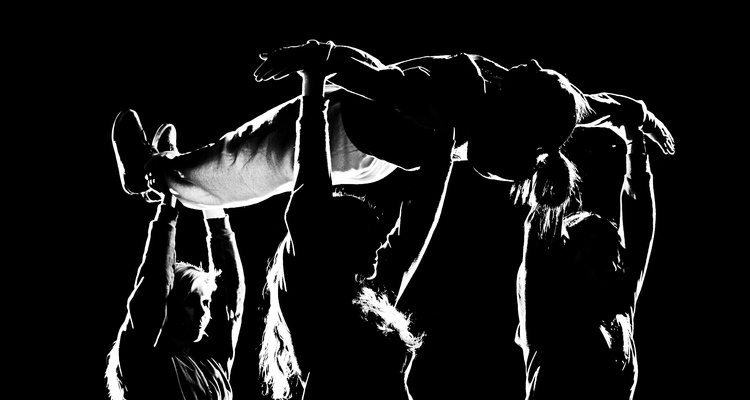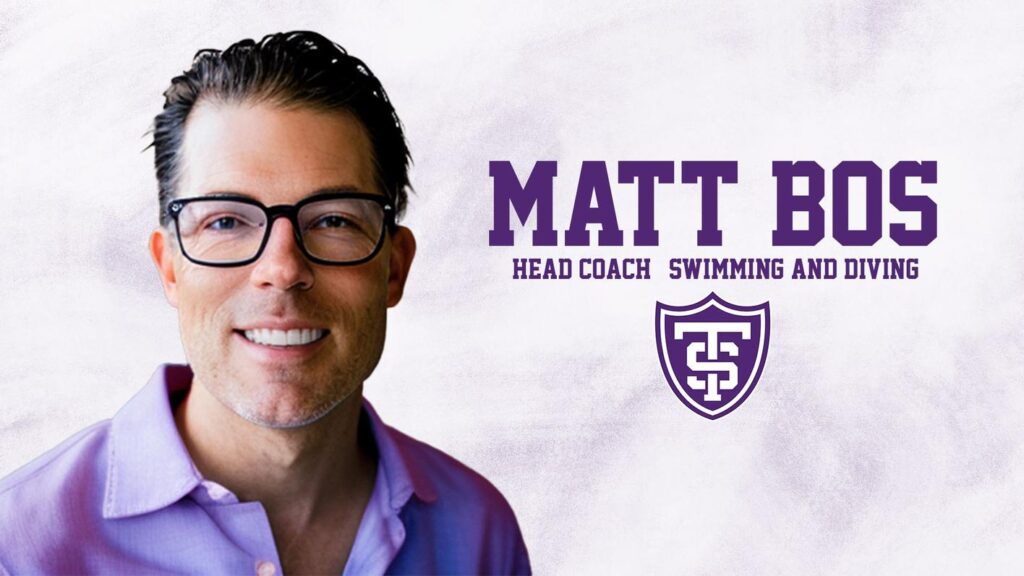The third weekend of January in Orlando is cloudy but warm – nice enough that being there is a welcome respite from a Minnesota winter, but not so nice that it’s difficult spending time indoors at the Universal Dance Association National Collegiate Championships.
The St. Thomas Dance Team has just completed the two-minute routine it has been preparing for since its auditions in April. Dancers wait on stage at Disney’s Wide World of Sports next to the seven other Open Division teams that made it to the final round of competition in the jazz category. Hands clasped and eyes closed, they wait as teams are announced in reverse order of where they placed.
In third place: longtime rival and consummate contender Lidenwood College from Missouri. In second: regional peer College of Saint Benedict. There is only one team left to call.
According to sophomore Annie Lindberg, the most exciting moment is when second place is announced. “You want to jump up and down but you also want to be respectful of the other teams,” she said.
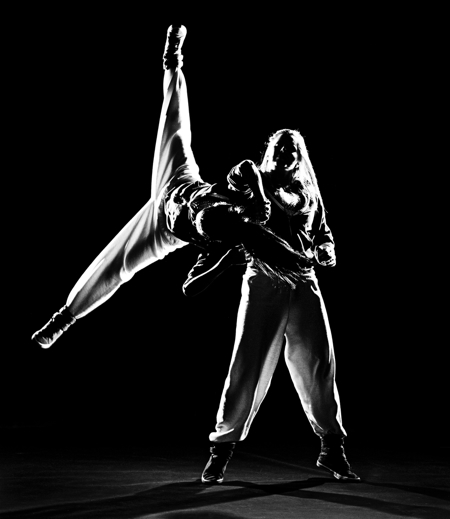
But when the Tommies are called, “it’s instant tears.”
For the sixth time, the St. Thomas Dance Team has earned a national championship. In their glittery gold costumes, the dancers hoist the first-place trophy and celebrate a hard-fought victory for a second year in a row. The months of rehearsing, drilling, perfecting, supporting and lifting each other up have paid off. They add this trophy to the one they earned earlier in the day when they finished second in the hip-hop category.
The scene is a stark contrast from the team’s final at-home practice 10 days earlier on an unseasonably rainy night in St. Paul. McCarthy Gym hums with fluorescent gymnasium lights as the 18 members of the team huddle around an iPad. They are watching a run-through of a routine recorded at last night’s practice. Sequined costumes and perfectly placed hair make way for sweaty t-shirts, dancer shorts and messy ponytails.
Different comments and critiques are given. “We need to work on that part again, I’m still not getting there in time ... I’m not seeing a big enough contrast in those levels ... .” After weeks of rehearsals twice a day, there are still tweaks to be made. The dances were first learned in October. Three months later, they are still picked apart count by count. “We’re our own toughest critics,” Lindberg said. Junior Beth Laiti agrees: “We put pressure on ourselves so that we’re prepared when we step on stage in front of an audience, especially when it’s other teams from around the country that we respect.”
It’s time for practice to begin. The team moves to center court and forms a circle as senior captains Sam Maroney, Kristen Olson and Ellie Wood lead a warm-up and stretch. Soon, they begin drilling sections of their jazz dance. More adjustments are made.
As they work through some of their trickier transitions, it becomes apparent that the teammates also are friends. Corrections are taken to heart and fellow dancers are grateful for the feedback. According to Head Coach Alysia Ulfers, this is typical for this group. “I’ve never had a team come together so closely.”
That closeness has helped propel the team to stand among the best in the nation. According to UDA standings, the Tommies have been nationally ranked since 2004, and never outside of the top two teams. The scrutiny they have for themselves is part of what makes them so successful. But it also is a side effect of their self-imposed pressure to remain at the top of their game each year.
The focus maintained by the dancers is something that Ulfers begins looking for when team auditions are held each year in April. At auditions, dozens of dancers from around the region are ushered through an intensive, two-day dance tryout where they are tested on their technique and ability to learn choreography. Current team members also are required to reaudition each year.
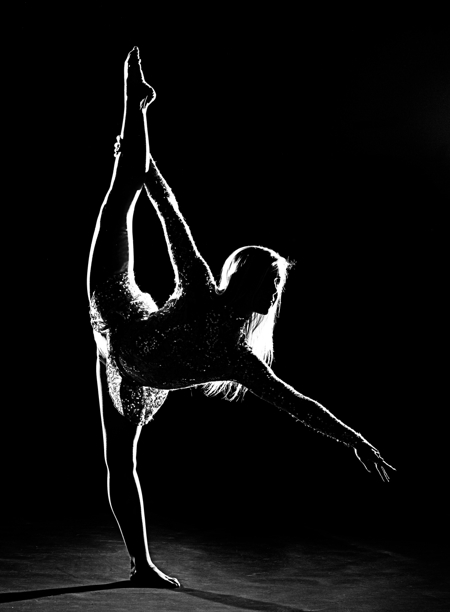
Ulfers, along with assistant coaches and former Tommie dancers Pam Gleason ’09 and Lauryn Perdew ’12, is looking for top talent, but also potential and personality. “The interview portion of our audition has a huge influence on our final decision,” she said. “In some cases, it has been the deciding factor for us. They will represent the university in front of our community so we want to make sure each person is the right fit.”
As for the dancers, they are looking for someone who is fearless. “We’re not looking for perfection at a tryout,” Olson said. “I always want to see someone who just goes for it.” Maroney watches for how potential teammates interact with other people. “It’s important that they’re comfortable in their own skin but also that they can relate to the other dancers.”
When the roster is chosen, the team returns for two weeks of practice in July before attending UDA college camp in Milwaukee. According to Maroney, the first practice is very telling, especially for the dancers who may not have kept up with the off-season workout program: “Coach has us keep workout logs for the time between auditions and the first practice. Our first practice is always pretty tough and you can always tell at that first practice if someone wasn’t telling the whole truth with their workouts.”
The team started its season strong at the 2012 camp, winning first place for its original jazz routine and earning “Most Improved” honors.
Once the team returns from camp and the school year begins, the dancers maintain a regimen that includes three-hour practices three days a week, a ballet class, a weight-training program and a gymnastics class that helps them prepare for the intricate tricks and lifts they perform in their hip-hop routine.
Freshman Jackie Schneider took one look at the schedule at her first team meeting and immediately began to panic. “I didn’t know what college was like and I wasn’t sure I’d be able to fit everything in on top of homework and everything else,” she said. But Schneider discovered that the schedule actually helped her manage her time more effectively: “Now that we’re in the offseason, I actually find it harder to stay focused with my extra free time.”
Ensuring there is time for homework is critical. Ulfers requires the dancers to maintain a 2.5 GPA to stay eligible for the team. “Their primary role is to be students first. That’s why they’re here,” she said.
In addition to maintaining good grades, school spirit also remains a priority. Ulfers sees it as the team’s primary commitment. “After academics, our first responsibility to St. Thomas is to be supporting athletics,” she said. It’s a responsibility the dancers take seriously, but also one in which they take great pride.
Perdew recalls performing at football games as one of the highlights on the team. “You are proud when you’re out there because it’s such a great school, such a great team,” she said. “The football team especially talks about being one big family. We feel like we get to be part of that family on game days too.”
Maroney says that the pre-game festivities that were new this year helped raise the team’s profile: “We got to talk to alumni and their kids before games and hear about how much they love to watch us perform. We would never have gotten to do that without the pre-game parties on the plaza.”
While school spirit obligations keep them busy throughout the fall, it also is the time of year that the dancers begin preparing for competition by meeting with choreographers and learning the routines they will bring to nationals. Another reason the team has been so successful, according to Ulfers, is that each year she tries to bring something innovative or different – an ironic notion, considering the team has used the same jazz choreographer for nine years, former Tommie dancer Rachel (Brenk) Doran ’07.
“Ever since she was a sophomore on our team, Rachel has been an innovator,” Ulfers said. “Besides producing beautiful choreography, she understands the scoresheet we’re judged on and makes sure to include elements that help maximize our points.”

For this season’s hip-hop routine, Ulfers was looking for something new that would challenge the team. She was not disappointed. The complex choreography from Shandon Kolberg called for intricate footwork and gravity-cheating lifts and tricks that were completely new to the dancers. “When they first learned their hip-hop dance, they truly couldn't do it,” Ulfers said. “It makes me that much more proud of our second-place finish knowing how far they've come with the routine.”
Back at practice, injuries are checked. Maroney applies an Icy Hot patch to her neck as Ulfers asks, “How’s it feeling? Make sure you take it easy.” It’s an unfortunate necessity in the dance community to dance through the pain. The competitive nature of the sport often teaches dancers to perform even when they are injured because there’s always someone out there willing to take your place. But while some teams operate under the assumption that everyone is replaceable, the Tommies don’t subscribe to that notion.
Wood found that out during the final week before nationals when executing one of the difficult lifts in the team’s hip-hop routine. She was nearly sidelined by a shoulder injury, and her doctor recommended she rest. Her teammates were a motivation in pushing through the pain.
“We wanted Ellie to dance more than anything. Going out there as seniors and captains, we wanted to step out on the floor together. So we did everything to say ‘we know you can do it,’” Maroney said. “No matter how bad it hurt – and we know it did – she never let it show.”
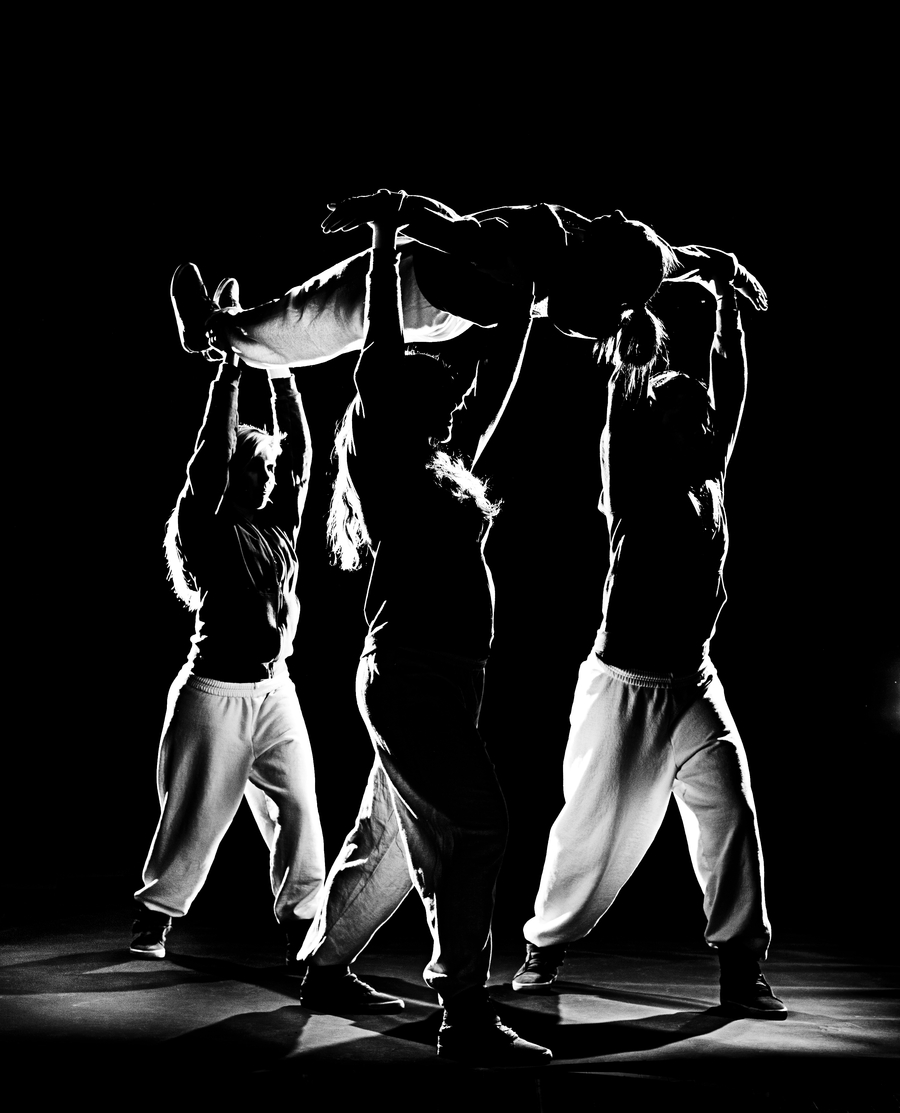
Being a part of Campus Life as a student organization rather than a varsity sport, the team doesn't have immediate access to luxuries such as an athletic training staff when injuries like this occur. While it can be tough at times, the administrative separation from the athletic department also allows for a certain amount of flexibility that Ulfers capitalizes on. “If we want to require them to take a ballet class or add an extra practice if we feel it’s necessary, we can do that without worrying about breaking any NCAA rules that varsity sports are accountable to,” she said. “Luckily for us, our dancers always welcome the extra opportunities to work on their technique.”
Even though the dancers aren't technically considered student athletes, recognition on campus for their accomplishments is growing. In February, the team was invited to attend the university’s Board of Trustees meeting to be recognized for its 2013 national championship.
With six titles over the last nine years, the team’s prospects for another championship are strong, with only two seniors leaving and Wood possibly auditioning to become the first-ever fifth-year senior on the team. The dancers who will graduate will join a group of alumni that includes women who work as physicians, corporate executives, business owners – even professional performers and dance coaches – something Ulfers personally takes to heart: “Hopefully they’re starting their own teams with something they've learned from me.”
St. Thomas is a place where national titles are held in the highest regard. In December 2012, as the university community collectively sat on the edge of its seat watching the Tommie football team in the NCAA Division III championship game, an observant fellow-MIAC dance team coach took to Twitter and said: “If the St. Thomas football team wins this weekend they will have caught up to the dance team! Oh wait, they’d need four more national titles for that.”
Make that five.
Read more from St. Thomas magazine.
